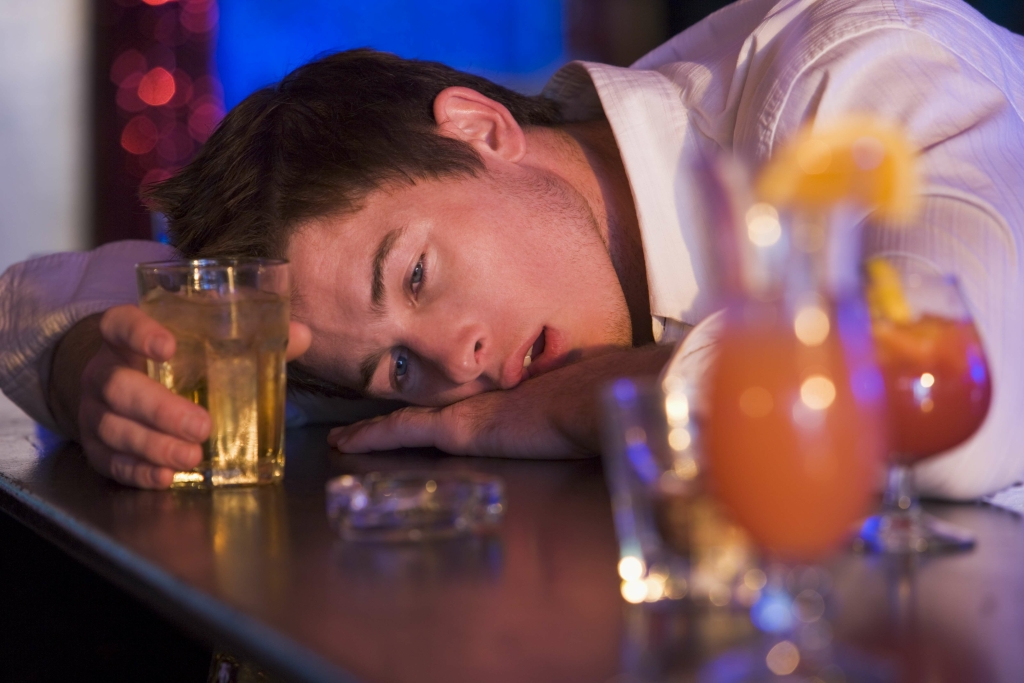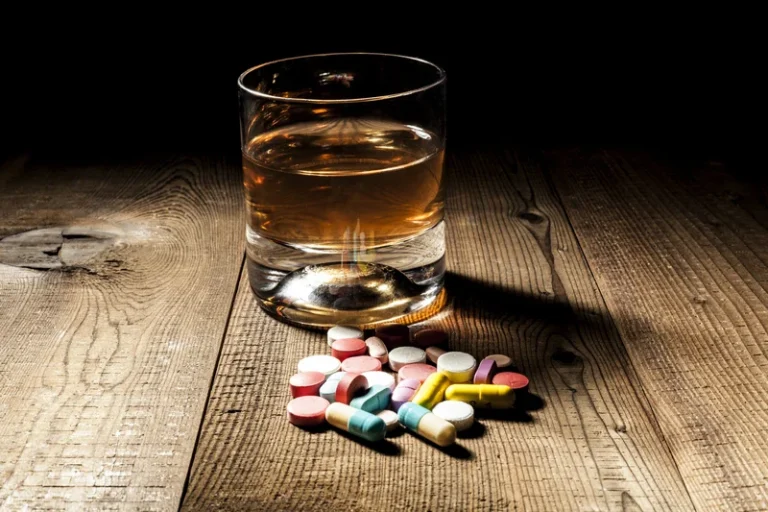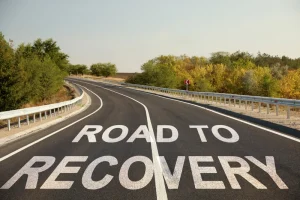Lastly, blood pressure improvement is another crucial health benefit of quitting alcohol. Both systolic and diastolic blood pressure can stabilize or normalize over time, reducing the risk of cardiovascular diseases. In summary, quitting drinking can substantially enhance your physical, mental, and emotional will alcohol lower blood pressure health. During the alcohol withdrawal process, you might initially experience symptoms such as tremors, sweating, increased heart rate, nausea, and vomiting.
Brewer 2010 published data only

Research from the National Library of Medicine has revealed that a significant portion of heavy drinkers see a rapid reversal in hypertension when they stop drinking. You can do many things to prevent the risk of hypertension—even if you are more at risk due to hereditary or other factors. A glass of wine now and again is likely okay, for instance, but consistent drinking puts you more at risk for developing complications. With access to helpful information, resources, and support, we believe that you can overcome any challenge and that you can stop drinking.
Ueshima 1988 published data only
As a result, we were not able to quantify the magnitude of the effects of alcohol on men and women separately. This is unfortunate, as we have reason to believe that the effects of alcohol on BP might be greater in women. In the case of registration at clinical trials.gov, we considered only one study to have low risk of bias (Barden 2013). The trial was registered with the Australian New Zealand Clinical Trials Registry (ANZCTR). We classified the remaining studies as having high risk of bias because the protocol was not registered and the study identifier was not reported.

Kawano 1999
The good news is that if you reduce how much alcohol you drink, you can improve your blood pressure numbers. Older adults — drinkers, nondrinkers, it doesn’t matter — are already at risk for hypertension. Research suggests that 74.5 percent of people 60 and older have high https://ecosoberhouse.com/ blood pressure, compared with 54.5 percent of adults ages 40 to 59.
Okamura 2001 published data only
- For high‐dose alcohol studies, we did not find any significant difference between blinded and unblinded studies.
- Karatzi 2005 mentioned the method of blinding of participants, but it is not clear whether involved personnel were blinded as well.
- During the alcohol withdrawal process, you might initially experience symptoms such as tremors, sweating, increased heart rate, nausea, and vomiting.
People in heart failure or people on beta-blockers (used to treat hypertension) should not drink. If you have an abnormal heart rhythm, talk with your healthcare provider before drinking. However, this positive impact isn’t enough to counteract the negative health effects of alcohol.
Having higher levels of catecholamines causes the body to excrete less fluid through urine. Paired with the added risk of high blood pressure, treatment and rehabilitation become even more important. As part of a comprehensive treatment plan for alcohol use disorders, group therapy, individual counseling, family counseling, support group meetings, wellness activities, and medication treatments may be included. A number of factors can contribute to high blood pressure, including alcohol consumption. A 2022 study found that people with severe hypertension who drank 2 or more cups of coffee per day had a higher risk of death from cardiovascular disease. Additionally, doses of over 240 mL were also able to reduce diastolic blood pressure.
The method of blinding of participants and personnel was not mentioned in Dumont 2010, Mahmud 2002, and Maule 1993. In Cheyne 2004, participants were blinded to the content of the drink, but some reported that they were able to detect the alcohol by taste at the end of the study. We used GRADEpro software to construct a ‚Summary of findings‘ table to compare outcomes including change in SBP and DBP and HR (GRADEpro 2014). In addition, drug addiction treatment we included illustrative risks to present findings for the most important outcome (change in systolic blood pressure). We used Cochrane review manager software for all data analyses (Review Manager (RevMan)). We conducted meta‐analysis for the three dose groups (low dose, medium dose, and high dose of alcohol) separately.
- Kimberly Goad is a New York-based journalist who has covered health for some of the nation’s top consumer publications.
- The initial decrease in blood pressure is not sustained because the body quickly processes the alcohol and restores normal physiological function.
- Dai 2002 gave participants five minutes to consume high doses of alcohol and measured outcomes immediately.
- Plus, it disrupts the important REM stage of sleep and may interfere with your breathing.
- Using alcohol frequently or consistently increases your blood pressure, leading to an increased risk of heart disease and stroke.

We also found moderate‐certainty evidence showing that alcohol raises HR within the first six hours of consumption, regardless of the dose of alcohol. Moderate‐certainty evidence indicates an increase in heart rate after 7 to 12 hours and ≥ 13 hours after high‐dose alcohol consumption, low certainty of evidence was found for moderate dose of alcohol consumption. To determine short‐term dose‐related effects of alcohol versus placebo on systolic blood pressure and diastolic blood pressure in healthy and hypertensive adults over 18 years of age. It is a common substance of abuse and its use can lead to more than 200 disorders including hypertension. This review aimed to quantify the acute effects of different doses of alcohol over time on blood pressure and heart rate in an adult population. While less common, alcohol can sometimes lower blood pressure, particularly in the short term and especially in light to moderate drinkers.








